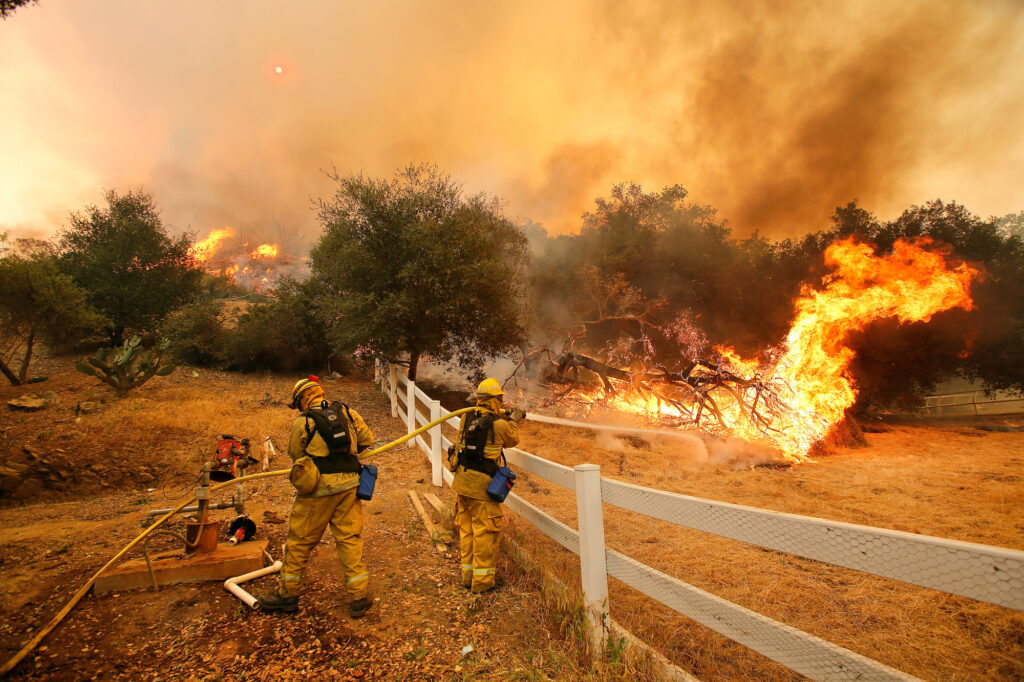
Methane is a colorless and odorless gas that occurs abundantly in nature and is also a product of certain human activities. It’s also a potent greenhouse gas, meaning it affects climate change by contributing to increased warming. In fact, methane gas is known to warm the planet 86 times more effectively than carbon dioxide over a 20-year period.
According to the U.S. EPA, up to 65% of total methane emissions around the world come from the following human activities: raising livestock, leaks from natural gas systems, and waste from landfills.
Scientists from the University of California, Riverside have discovered that wildfires are releasing a massive amount of methane gas into the atmosphere. According to the research team, this source of methane is not currently being tracked by air quality managers in California. And this omission could have significant implications for climate change mitigation efforts in the state.
Methane from wildfires is nothing new. But what is new is just how much of the stuff is being emitted. According to the findings, which were recently detailed in the journal Atmospheric Chemistry and Physics, the amount of methane from the top 20 fires in 2020 was more than seven times greater than the average from wildfires in the previous 19 years. Wildfires were the third largest source of methane emissions in California in 2020.
In 2016, California passed a law requiring a 40% reduction in air pollutants contributing to global warming by 2030. But as wildfires continue to get bigger and more intense, achieving those reduction targets will get increasingly difficult.
**********
Web Links
Methane from megafires: more spew than we knew
Photo, posted November 30, 2015, courtesy of Daria Devyatkina via Flickr.
Earth Wise is a production of WAMC Northeast Public Radio
Leave a Reply